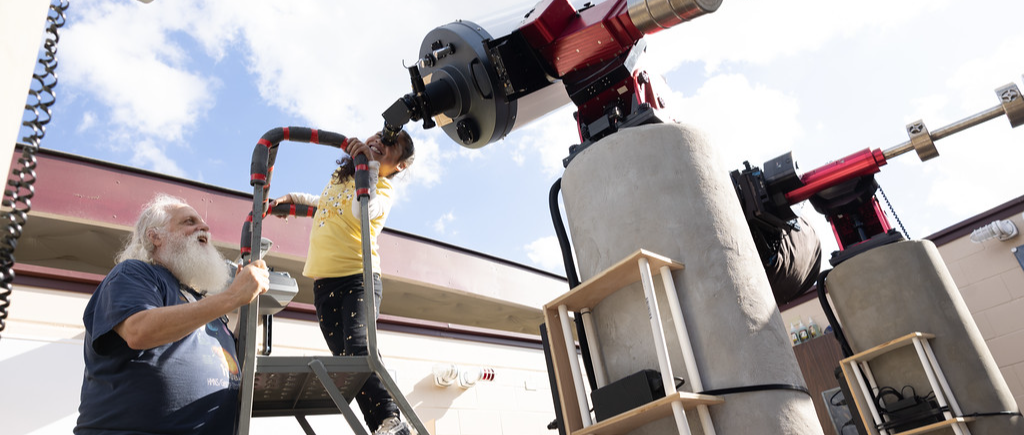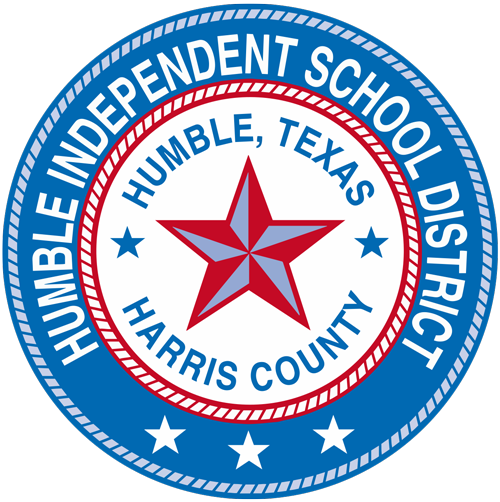
Insperity Observatory Science
Although the primary purpose of the observatory is to bring hands-on science to students of Humble ISD, we also would like to contribute to scientific knowledge about the universe. We have installed world-class research telescopes and have highly qualified and capable astronomers, and we have now been published!
Mutual Occultations of Jupiter's Moons
Dave Clark, one of our astronomer facilitators, has been published as a contributor to a paper presented at the 2010 Symposium of the Society for Astronomical Sciences. The paper, entitled: Io and Europa Atmosphere Detection Through Jovian Mutual Events, was presented by the first author, Scotty Degenhardt, at their 29th annual conference, held from May 11-13, 2010 in Big Bear Lake, CA. If you would like to see the presentation, there are a number of options available:
To view the entire proceedings of the symposium:
Click on 2010 for the symposium proceedings.
Note: This is a big file. It may take a long time to download.
The paper ca be found on pages 91-100.
To view only this paper
To view the YouTube of the presentation at the conference:
To view the PowerPoint presentation files
Dave Clarks's observations were done at the Insperity Observatory. The observations involved recording and then analyzing the light of Jupiter's moons as they pass in front of each other (occultations). This can only be done every 6 years as their orbital plane lines up with the Earth. While observing occultations are not new, the findings might be. The theory is that the distinct light curves observed for an hour before and an hour after the events showed evidence of significant atmospheres on the moons.
This is very exciting, and is the first time that observations from the observatory were part of a major scientific project.
Asteroid Occultations
The observatory has also contributed data related to asteroid occultations of distant stars. This is the case where an asteroid, usually dimmer than the star, passes between the Earth and the star. When this happens the star's light is blocked by asteroid. When very accurate timings of this event, using video equipment and GPS, are combined from multiple observers, it is possible to draw a silhouette of the asteroid. This provides astronomers with an accurate shape and size for an asteroid that is too faint or distant to be imaged. The data can also be used to refine the data elements that define the asteroid's orbital path.
Six observations were done by a Lone Star College student working with astronomers from the observatory. Two of these were successful and resulted in positive data. The other four were "misses." The observatory was not in the right place to see the occultation. While these do not contribute information on the shape of the asteroids, they do help limit the sizes and orbital paths. Two additional positive observations were done by observatory astronomers.
Asteroid occultation observations by the observatory:
Vanadis, August 20, 2009, Dave Clark, Aaron Clevenson
Hamburga, September 9, 2009, Dave Clark, Aaron Clevenson
Melete, February 14, 2010, Scotti Lux, Aaron Clevenson
Europa, March 29, 2010, Scotti Lux, Dave Clark, Aaron Clevenson
Asteroid Astrometrics
Astrometrics is the documentation of the precise location of an object in celestial coordinates (Right Ascension and Declination). Astronomers at the Insperity Observatory have been collecting data for asteroids that NASA is considering as a target for a sample and return mission. As of this time, information for 25 asteroids has been submitted to the Minor Planet Center.
Variable Star Photometrics
Photometrics is the documentation of the precise apparent brightness of variable stars. This includes Novae and Supernovae. This data is useful to help define activities that are happening to those stars and help astronomers better understand how stars function. A student from Lone Star College - Montgomery has documented the fading of a Nova in the constellation Delphinus. We have documented the fading of Supernova SN 2014J in the M82 Galaxy. Additionally we have contributed data for a number of long term variable stars.
Other Scientific Fields of Study
Other fields where the observatory is considering pursuing research include:
Observation of meteoroid impacts on the moon.
Meteor shower monitoring and detection.
Asteroid discovery.
Supernovae discovery.
Participate
If you are interested in participating, please email the Observatory Director, Dr. Aaron Clevenson.
